Virginia Beach | Norfolk | Chesapeake Lice Treatment
Say goodbye to the dreaded lice infestation once and for all with our ultimate guide to local lice treatment. We understand just how frustrating and uncomfortable dealing with lice can be, so we’ve compiled an expert-driven resource to help you tackle this common problem head-on. (a little pun intended)
Our comprehensive guide covers everything you need to know about lice treatment in your local area. From understanding the different types of lice to exploring the most effective treatment options, we’ve got you covered. With our step-by-step instructions and helpful tips, you’ll feel empowered to handle lice infestations confidently.
At PALS, we believe in providing accurate and practical information to our readers, ensuring they have the knowledge and resources to combat lice effectively. We understand the distress that lice can cause, and our goal is to arm you with the tools to combat this nuisance quickly and efficiently.
Don’t let lice get the best of you. Stay tuned for our comprehensive guide to local lice treatment, and say goodbye to those pesky critters for good.
Common Misconceptions About Lice
Lice infestations are often associated with poor hygiene or dirty living conditions. However, it is important to debunk these misconceptions. Lice infestations can occur in anyone, regardless of personal hygiene or cleanliness. Lice are easily transferred from person to person through close contact, sharing personal items such as combs or hats, or even through contact with infested furniture or bedding, although this is rare.
Another common misconception is that lice infestations are only a problem for children. While it is true that lice are frequently found in school-aged children, they can infest individuals of any age. It is crucial to understand that lice infestations are not a reflection of personal hygiene or cleanliness, but rather a common occurrence that can happen to anyone.
To effectively combat lice, it is important to first dispel these misconceptions and approach treatment with accurate knowledge and understanding. By doing so, you can better protect yourself and your family from future infestations. Remember, lice are a common problem that can be solved with the right treatment approach.
Signs and Symptoms of a Lice Infestation
Identifying a lice infestation early on is crucial in order to start treatment promptly. The most common signs and symptoms of lice infestation include:
- Persistent itching: Lice bites can cause severe itching, particularly around the scalp, neck, and behind the ears. If you or your child experience persistent itching, especially when lice infestations are common in your community, it may be an indication of lice infestation.
- Tickling or crawling sensation: Some individuals may feel a tickling or crawling sensation on their scalp, which is caused by the movement of lice. If you notice these sensations, it is important to check for lice promptly.
- Visible nits or lice: Nits, or lice eggs, are small yellowish-white oval-shaped or coffee colored particles that attach to the hair shafts. They can be found close to the scalp. Adult lice are also visible and can be seen crawling on the scalp or hair (although it’s rare to see a louse with a visual inspection-see our How To Check For Lice Guide). Checking for nits and lice regularly is important, especially if you suspect an infestation.
If you notice any of these signs or symptoms, it is essential to take immediate action to prevent the infestation from spreading and to begin treatment promptly. Early detection and intervention are key to effectively eliminating lice
Understanding the Life Cycle of Lice
Before diving into the various treatment options available, it is important to understand the life cycle of lice. Lice have three main stages in their life cycle: nit, nymph, and adult.
- Nit: Nits are lice eggs that are firmly attached to the hair shafts near the scalp. They are usually located within 1/4 inch of the scalp and are oval-shaped and yellowish-white or coffee brown in color. Nits take around 8-9 days to hatch.
- Nymph: Once the nit hatches, it becomes a nymph. Nymphs resemble adult lice but are smaller in size. They go through three nymph stages, molting and growing larger with each stage. It takes approximately 7-10 days for a nymph to mature into an adult.
- Adult: Adult lice are around the size of a sesame seed and have six legs. They can range in color from tan to grayish-white. Adult lice can live on the scalp for up to 30 days, feeding on blood several times a day.
Understanding the life cycle of lice is crucial because it helps determine the most effective treatment approach. Since lice can multiply quickly, it is important to target all stages of their life cycle to ensure complete eradication.
Different types of lice treatments available
Dealing with lice infestations can be a daunting task, but with the right knowledge, you can effectively eliminate these pesky critters from your life. To begin, it’s important to understand the different types of lice treatments available.
- Over-the-counter treatments: Over-the-counter lice treatments are widely available in local pharmacies and supermarkets. These treatments typically contain insecticides that target lice and their eggs. Follow the instructions carefully and repeat the treatment as necessary to ensure complete eradication. Please note the OTC products have become increasingly ineffective in killing lice and their eggs.
- Prescription treatments: In some cases, over-the-counter treatments may not be effective, and a prescription treatment may be required. Prescription treatments often contain stronger insecticides or different active ingredients that can eliminate lice infestations that are resistant to over-the-counter options. Consult with a healthcare professional to determine if a prescription treatment is necessary for your situation.
- Home remedies: Many people prefer to explore natural or home remedies for lice treatment. These remedies often involve using ingredients commonly found in the kitchen or garden, such as tea tree oil, vinegar, or mayonnaise. While there is limited scientific evidence to support the efficacy of these remedies, some individuals find them helpful. It’s important to note that home remedies may not be as effective as medically-approved treatments and should be used with caution. Most of these home remedies rely on the suffication technique and must be done for the live cycle of the lice to be effective.
Natural remedies for lice treatment
If you prefer to take a more natural approach to lice treatment, there are several options you can explore. While these remedies might not have the same scientific backing as medicated treatments, they have been used for generations and can be worth considering.
- Tea tree oil: Tea tree oil is known for its antiseptic and insecticidal properties, making it a popular choice for lice treatment. To use tea tree oil, dilute a few drops in a carrier oil, such as olive oil or coconut oil, and apply it to the scalp. Leave it on for a few hours or overnight, then comb through the hair to remove the dead lice and nits.
- Vinegar: Vinegar is another commonly used remedy for lice treatment. Its acidic nature helps loosen the glue that holds the lice eggs to the hair shafts, making them easier to remove. Mix equal parts vinegar and water, and apply the solution to the scalp. Cover the head with a shower cap and leave it on for a few hours. Afterward, comb through the hair with a fine-toothed comb to remove the dead lice and eggs.
- Mayonnaise: While it may sound unusual, mayonnaise can suffocate lice, effectively killing them. Apply a generous amount of mayonnaise to the scalp, ensuring that all the hair is covered. Cover the head with a shower cap and leave it on overnight. The next morning, comb through the hair to remove the dead lice and nits. Wash the hair thoroughly to remove any residue.
While natural remedies can be a gentler option, it’s important to note that they may not be as effective as medicated treatments. Additionally, some individuals may have allergies or sensitivities to certain natural ingredients, so it’s important to perform a patch test before using any remedy. Combing is the safest most effective treatment for lice if you are going it alone. Be sure to get the proper lice comb, it’s 50% of your battle.
Professional lice treatment options
If you’re not confident in tackling a lice infestation on your own or prefer to leave it to the professionals, there are various professional lice treatment options available. These services are typically provided by lice treatment centers or specialized salons.
- Lice treatment centers: Lice treatment centers are dedicated facilities that specialize in lice removal. They employ trained professionals who are experienced in identifying lice and effectively removing them. These centers often use a combination of manual removal techniques and specialized products to ensure thorough eradication.
- In-home lice removal services: Some lice treatment centers offer in-home services, where a professional lice remover will come to your home to treat the infestation. This option provides convenience and privacy, allowing you to address the problem in the comfort of your own home.
- School or community programs: Schools and community organizations may also offer lice treatment programs or resources. These programs are often aimed at providing affordable or free lice treatment options to families who may not have the means to access professional services.
When considering professional lice treatment options, it’s essential to research reputable providers and read reviews from previous customers. Additionally, consider the cost and convenience of each option to determine which is the best fit for your needs.
Choosing the right lice treatment method for your needs
With the plethora of lice treatment options available, choosing the right method for your needs can be overwhelming. To make an informed decision, consider the following factors:
- Effectiveness: Different lice treatments vary in their effectiveness. Research the success rates of different treatments and consider the severity of the infestation when making your choice.
- Safety: Ensure that the chosen treatment method is safe for the individual being treated. Some treatments may contain harsh chemicals that can cause skin irritation or allergic reactions. Read the labels carefully and consult with a healthcare professional if necessary.
- Convenience: Consider your lifestyle and schedule when selecting a lice treatment method. Some treatments may require multiple applications or visits to a professional, which may not be feasible for everyone. Choose a method that fits into your routine without causing undue stress or disruption.
- Cost: Lice treatments can vary significantly in cost. Assess your budget and consider the cost of multiple treatments or professional services if required. Remember that effectiveness should be the primary factor, but cost can also play a role in your decision.
By carefully considering these factors, you can choose a lice treatment method that aligns with your needs and preferences.
Conclusion: Taking control of lice infestations
Dealing with lice infestations can be a frustrating and uncomfortable experience, but with the right knowledge and resources, you can take control and say goodbye to lice for good. Whether you opt for over-the-counter treatments, prescription medications, natural remedies, or professional services, there is a solution that will work for you.
Remember to follow the instructions carefully, be thorough in your treatment approach, and take preventative measures to avoid future infestations. With persistence and the right tools, you can successfully eliminate lice from your life and regain peace of mind.
Say goodbye to lice and hello to a lice-free future. Take charge of your lice treatment journey and reclaim control over your hair and well-being.
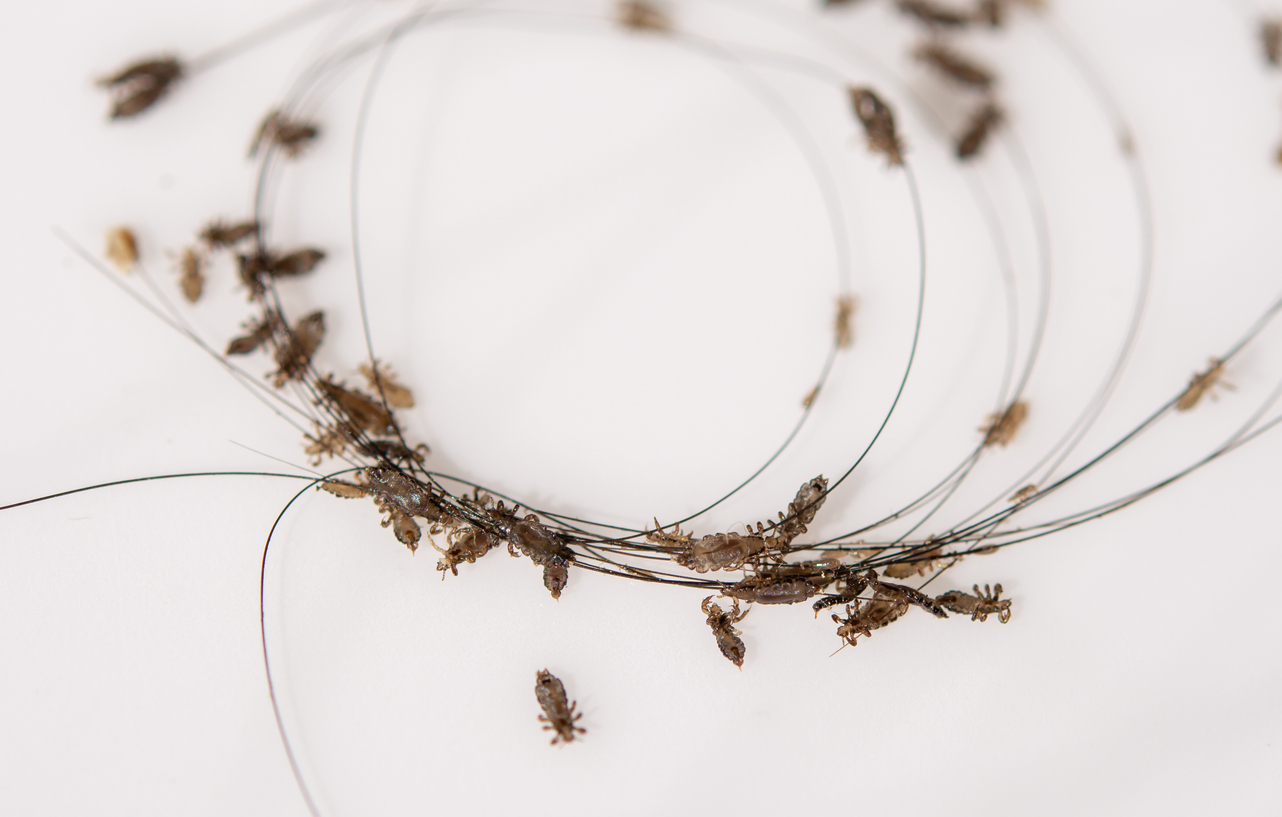
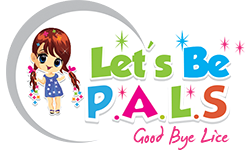

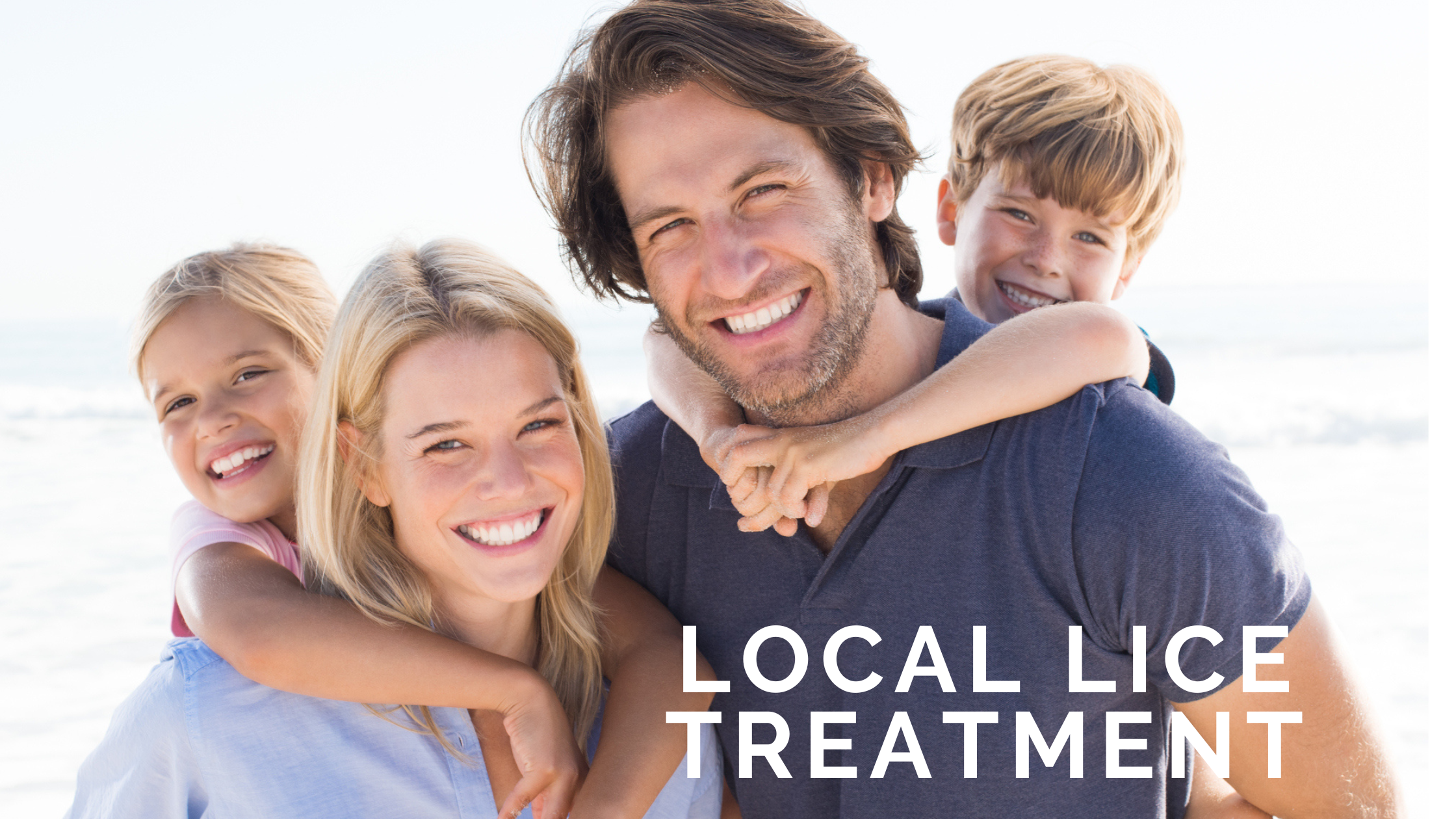


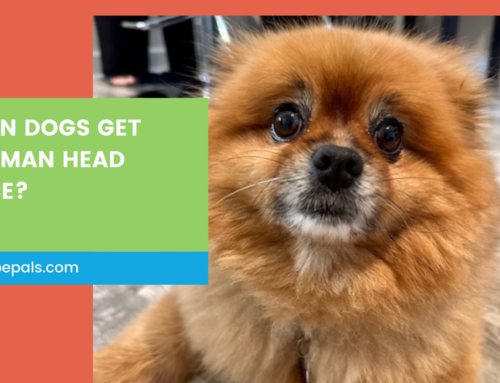
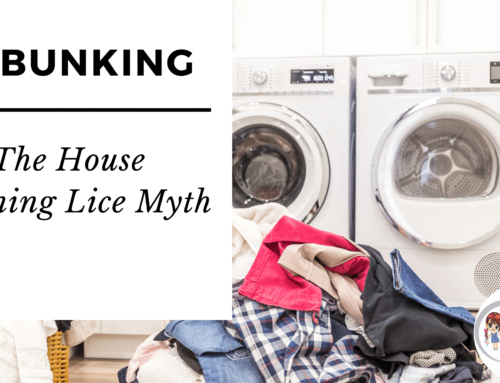
Leave A Comment